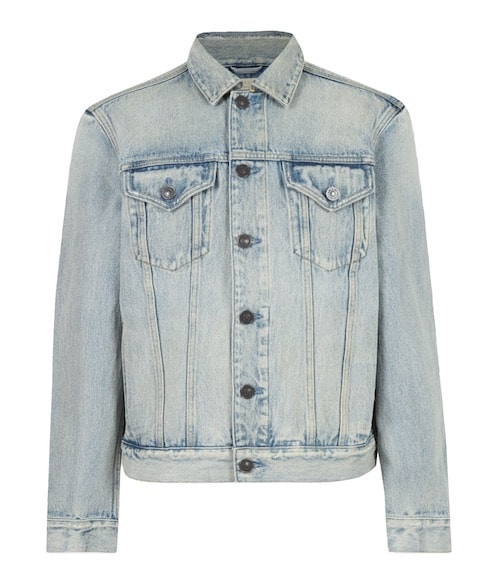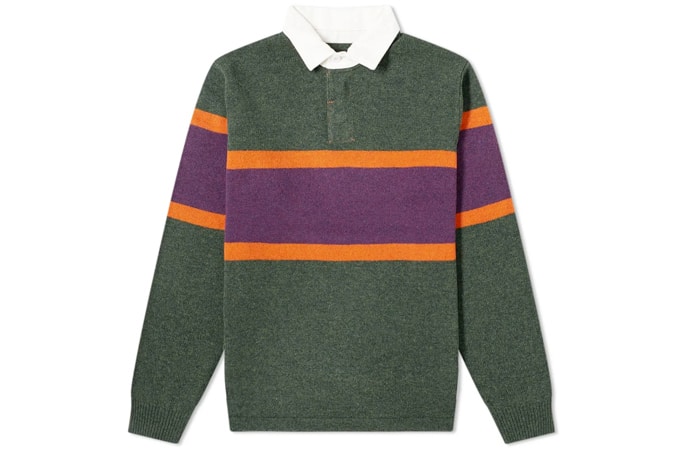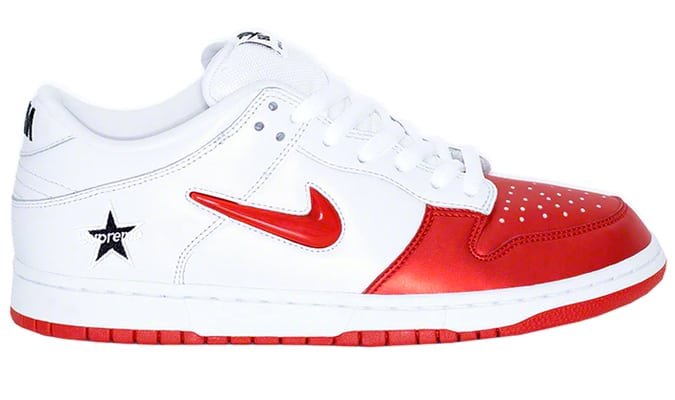The Best Loafers Guide You’ll Ever Read
Key Styles Of Loafer
The Penny Loafer
Irrepressibly smart, the penny loafer is the preppy footwear classic that still takes pride of place on shoe racks today, almost a century on from its invention.
Despite its connotations of US political heavyweights and film icons, penny loafers were originally conceived in Norway. Native Norwegian Nils Gregoriussen Tveranger spent his adolescence carefully studying the craft of shoemaking in America, eventually returning home to create the ‘Aurland moccasin’, a style of loafer reportedly inspired by the indigenous Iroquois.
In 1934 – prompted by Tveranger’s distinctive design – G.H. Bass & Co, a bootmaker in Wilton, Maine, released an adaptation of the Aurland. This new version, dubbed the ‘Weejun’ (sounding like Norwegian), featured a strip of leather across the front with a diamond cut-out detail – which, incidentally, doubled up as the ideal compartment for stashing a dime.
“The beauty of the penny loafer is its versatility; the shoe can be dressed up or down easily and works with most outfits,” says Gilad Yogev, former creative director of G.H. Bass & Co. Pennies will work for smarter attire like summer suiting, but they’re best used to add polish to casual or smart-casual looks. Think a varsity jacket, T-shirt and chinos, or an Oxford shirt, jumper and tailored shorts.


The Tassel Loafer
Although ‘tasselled loafer’ may to some ears say ‘yuppie’, the style first came about thanks, not to an white-collar dickhead, but a man by the name of Paul Lukas.
Lukas, an Oscar-winning Hungarian-born actor who starred in films including The Lady Vanishes (1938) and Watch on the Rhine (1943), was well known for his debonair style. As the story goes, at some point during the 1940s Lukas approached several shoemakers, instructing them to design a shoe that riffed on a tasselled Oxford style he’d picked up in Europe.



















